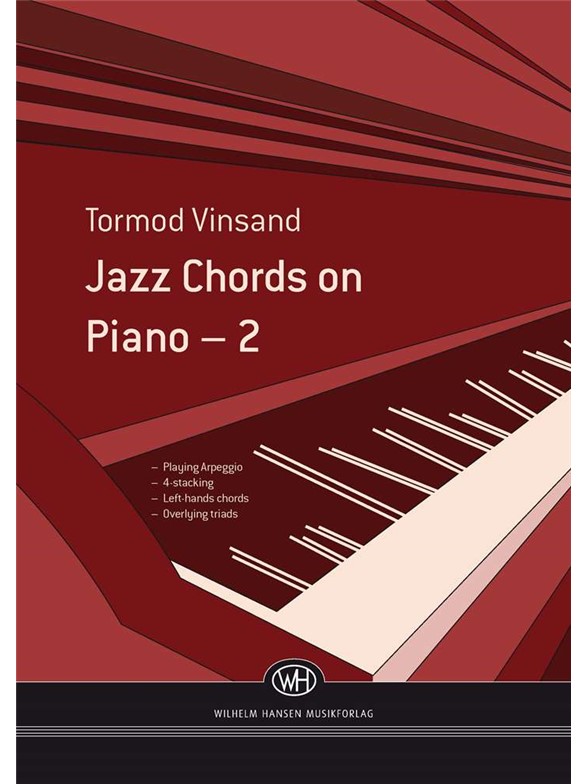Poul Ruders: Paganini Variations - Piano Concerto No.3 (Score)
Paganini Variations - Piano Concerto No.3 (The original guitar-part arranged for piano and pianist Anne-Marie McDermott by the composer, 2014). Programme note: In 1999 my friend, American guitar virtuoso David Starobin, wanted me to write a concerto for guitar and orchestra. It quickly dawned on me, that this commission presented a golden opportunity to contribute to the time-honoured tradition of composing a series of variations on Nicolo Paganini´s famous 24th Caprice for violin solo, a work which itself is a set of variations. The 16 bar (with the first 4 bars repeated) theme is not particularly sophisticated or intricate, but its inherent simplicity and logic just grow on you, almost to the point of distraction - and the secret behind it being hauled through "the wringer" by composers as disparate as Liszt, Brahms, Rachmaninoff and Lutoslawski is perhaps found in its - what I´ll call, with a quick nervous look over my shoulder: brilliant banality. You can do anything with that tune, it´ll always be recognizable and just there, however much you maul it. The piece (subtitled Guitar Concerto no 2) was written pretty quickly, premiered and subsequently recorded for Bridge Records with David and the Odense Symphony Orchestra conducted by Jan Wagner, and everybody was happy. But the story didn´t end there, and it must be the ultimate proof of the durability of the theme, not to mention the flexibility and far-sightedness of David Starobin , when he 14 years later suggested "why not transcribe the solo part for piano?". The idea appealed to me immediately. One thing was clear from the beginning: the new version could in no way sound like a transcription. My aim was to end up with a solo-part sounding like were it "the one-and-only", the "real thing", if you like. The orchestral score remains exactly the same in both cases. Both versions, the two Paganini Variations, are comparable to a set of twins, not quite identical, but almost. And both each others´s equal. Poul Ruders















































